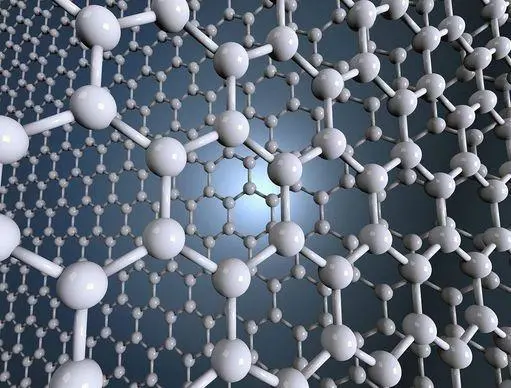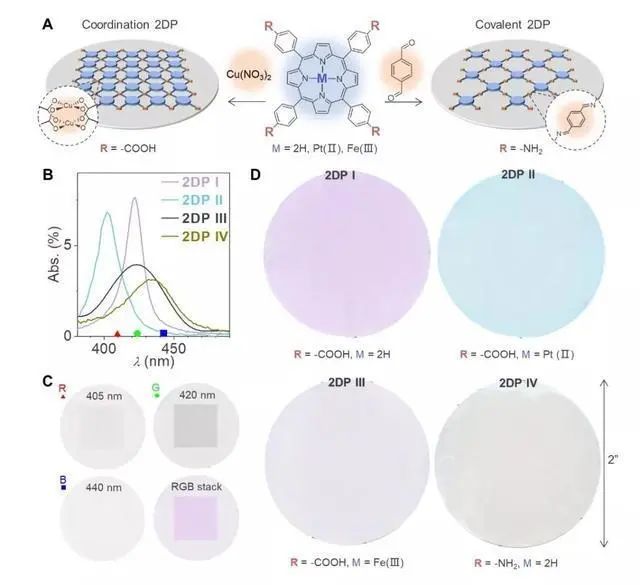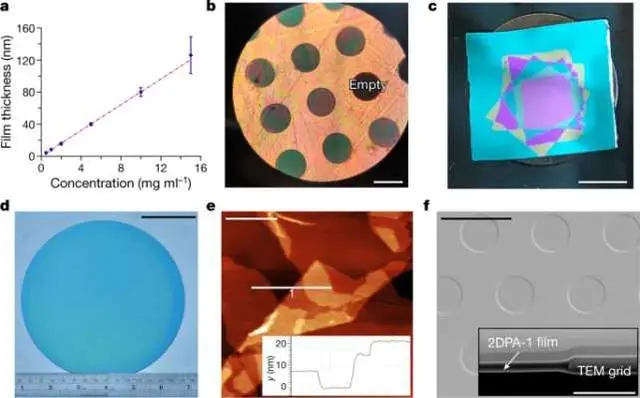Ou sonje melamin? Se "aditif lèt an poud" ki move repitasyon an, men etonan, li ka "transfòme".
Nan dat 2 fevriye, yo te pibliye yon atik rechèch nan Nature, pi gwo jounal syantifik entènasyonal la, ki deklare ke yo ka transfòme melamin an yon materyèl ki pi rèd pase asye epi ki pi lejè pase plastik, sa ki te sipriz anpil moun. Atik la te pibliye pa yon ekip ki te dirije pa syantis materyèl renome Michael Strano, yon pwofesè nan Depatman Jeni Chimik nan Enstiti Teknoloji Massachusetts, epi premye otè a sete Yuwei Zeng, yon chèchè postdoktora.

Yo rapòte yo te bay non anmateryèl nansoti nan melamin 2DPA-1, yon polimè bidimensyonèl ki oto-asanble an fèy pou fòme yon materyèl mwens dans men trè solid, ak kalite siperyè, pou ki te gen de patant ki te depoze.
Melamin, ke yo rele dimetilamin, se yon kristal monoklinik blan ki sanble ak lèt.

Melamin pa gen gou epi li yon ti kras soluble nan dlo, men li tou soluble nan metanol, fòmaldeyid, asid asetik, gliserin, piridin, elatriye. Li ensolubl nan asetòn ak etè. Li danjere pou kò imen an, epi ni Lachin ni OMS te presize ke melamin pa ta dwe itilize nan pwosesis manje oswa aditif manje, men an reyalite melamin toujou trè enpòtan kòm matyè premyè chimik ak matyè premyè konstriksyon, espesyalman nan penti, lak, plak, adezif ak lòt pwodwi ki gen anpil aplikasyon.
Fòmil molekilè melamin lan se C3H6N6 epi pwa molekilè a se 126.12. Atravè fòmil chimik li a, nou ka konnen ke melamin gen twa eleman, kabòn, idwojèn ak azòt, epi li gen estrikti bag kabòn ak azòt, epi syantis nan MIT yo te jwenn nan eksperyans yo ke molekil melamin sa yo, monomè, ka grandi sou de dimansyon anba kondisyon apwopriye, epi lyezon idwojèn nan molekil yo pral fiks ansanm, sa ki fè li nan yon anpile konstan. Lyezon idwojèn nan molekil yo pral fiks ansanm, sa ki fè li fòme yon fòm disk nan yon anpile konstan, menm jan ak estrikti egzagonal ki fòme pa grafèn bidimensyonèl, epi estrikti sa a trè estab e solid, kidonk melamin transfòme an yon fèy bidimensyonèl kalite siperyè yo rele poliamid nan men syantis yo.
Materyèl la senp pou fabrike tou, Strano te di, epi li ka pwodui espontaneman nan solisyon, kote yo ka retire fim 2DPA-1 la pita, sa ki bay yon fason fasil pou fè materyèl ki trè solid men mens lan an gwo kantite.
Chèchè yo te jwenn ke nouvo materyèl la gen yon modil elastisite, yon mezi fòs ki nesesè pou defòme, ki kat a sis fwa pi gran pase vè ki reziste bal la. Yo te jwenn tou ke malgre li yon sizyèm pi dans pase asye, polymère a gen de fwa plis fòs elastik, oswa fòs ki nesesè pou kraze materyèl la.
Yon lòt pwopriyete enpòtan nan materyèl la se etancheite li. Pandan ke lòt polimè yo konsiste de chenn trese ak espas kote gaz ka chape, nouvo materyèl la konsiste de monomè ki kole ansanm tankou blòk Lego epi molekil pa ka pase nan mitan yo.
Sa pèmèt nou kreye kouch ultra-mens ki konplètman rezistan a pénétration dlo oswa gaz,” syantis yo te di. Kalite kouch baryè sa a ta ka itilize pou pwoteje metal nan machin ak lòt machin oswa estrikti asye.
Kounye a, chèchè yo ap etidye kijan polymère patikilye sa a ka fòme an fèy bidimensyonèl an plis detay epi y ap eseye chanje konpozisyon molekilè li pou kreye lòt kalite nouvo materyèl.
Li klè ke materyèl sa a trè dezirab, epi si yo ka pwodui li an mas, li ka pote gwo chanjman nan domèn otomobil, ayewospasyal, ak pwoteksyon balistik. Espesyalman nan domèn machin nouvo enèji yo, byenke anpil peyi gen plan pou elimine machin ki mache ak gaz apre 2035, seri machin nouvo enèji aktyèl la toujou yon pwoblèm. Si yo ka itilize nouvo materyèl sa a nan domèn otomobil, sa vle di ke pwa machin nouvo enèji yo pral redwi anpil, men tou, li pral diminye pèt pouvwa, ki pral amelyore endirèkteman seri machin nouvo enèji yo.
Dat piblikasyon: 14 Fevriye 2022





